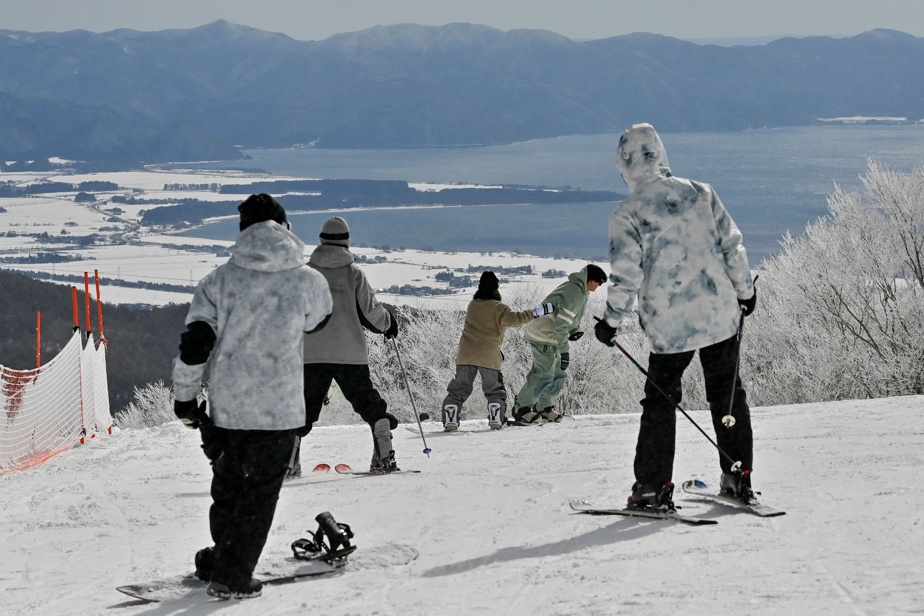(Bandai) The Tuffys, an Australian family, spend their winter holidays in Japan, like other foreign tourists attracted by the quality of Japanese snow. But instead of going to one of the most famous resorts in the country, they chose Fukushima.
The authorities and tourism professionals in this department in the northeast of the archipelago, still stigmatized by the nuclear disaster of March 11, 2011, hope to attract more and more visitors by focusing in particular on winter sports.
The emerging ski sector in Fukushima suffered badly after the nuclear accident caused by a gigantic tsunami. Then Japan closed itself to foreign visitors during the COVID-19 pandemic for more than two years.
The Japanese archipelago has completely reopened to international tourism since last October and Fukushima is once again carrying out an intense promotional campaign to promote its attractions, particularly targeting Australia.
Benjamin Tuffy, 40, chose the Bandai ski resort in Fukushima to spend some time off with his wife and two children.
The family was reassured by the fact that this estate is located in the mountains, a hundred kilometers inland and therefore far from the damaged Fukushima Daiichi nuclear power plant and the risk of tsunamis on the coast.
“We are aware” of what happened in 2011, Mr. Tuffy told AFP, “but we are not worried. The important thing was to understand the situation.”
The cores of three Fukushima Daiichi reactors went into meltdown in 2011 due to the tsunami. Areas within a 20 km radius of the plant were evacuated, but most of the department was never affected by radiation.
And after intense decontamination work, only 2.4% of the surface area of the department remains inaccessible today.
Despite this, Fukushima’s “popularity among foreign tourists remains low,” ranking 43rd out of Japan’s 47 prefectures, said Go Morimoto, Bandai’s estate manager.
In 2019, before the appearance of COVID-19, nearly half of foreign tourists in Japan visited Tokyo, 30% went to Kyoto and 8% to Hokkaido, the large northern island of the archipelago, which notably hosts the famous Niseko ski resort.
Barely 0.3% of foreign visitors ventured into Fukushima Prefecture, yet only 90 minutes from Tokyo by train.
The former owner of the Bandai ski resort, an American investment fund, sold it in 2015, convinced that it was “impossible for tourism to start again” there, recalls Mr. Morimoto, who boasts of the “potential” of Fukushima’s powder snow to rival Japan’s leading winter sports destinations.
Anne Cathcart, a 68-year-old Australian skier, remembers her hesitations before her first stay there.
“I was like, ‘Uh Fukushima? I heard about it, the nuclear disaster,” she told AFP. But she found the local snow “so amazing” that she’s been back several times since.
Beyond winter sports, other tourist attractions in Fukushima are also experiencing a renaissance.
The small Tadami railway line seemed doomed after 2011, becoming sparsely traveled and damaged by torrential flooding just months after the nuclear disaster.
But the local authorities struggled to save this line opened in 1928 and crossing picturesque landscapes and towns.
Since its full reopening last October, its trains have been filled with tourists eager to take photos for their Instagram accounts, said Tetsuya Sato, an official at a local tourist office.
“As soon as traffic on the line resumed, the cars were full of passengers, even on weekdays,” Sato said. “We never anticipated such a trend, but we are so happy.”















